A Young Star Flaunts its X-ray Spots
Astronomers first took notice of the young star, known as V1647 Orionis, in January 2004, near the peak of an outburst. The eruption had brightened the star so much that it illuminated a conical patch of dust now known as McNeil's Nebula. Both the star and the nebula are located about 1,300 light-years away in the constellation Orion.
Astronomers quickly determined that V1647 Ori was a protostar, a stellar infant still partly swaddled in its birth cloud. Protostars have not yet developed the energy-generating capabilities of a normal star such as the sun, which fuses hydrogen into helium in its core. For V1647 Ori, that stage lies millions of years in the future. Until then, the protostar shines from the heat energy released by the gas that continues to fall onto it, much of which originates in a rotating circumstellar disk.
The mass of V1647 Ori is likely only about 80 percent of the sun's, but its low density bloats it to nearly five times the sun's size. Infrared measurements show that most of the star's surface has a temperature around 6,400 degrees Fahrenheit (3,500 C), or about a third cooler than the sun's.
Yet during outbursts, the protostar's X-ray brightness increases by 100 times and the temperature of its X-ray-emitting regions reaches about 90 million F (50 million C).
The team found strong similarities among 11 separate X-ray light curves based on data from Chandra, Suzaku and the European Space Agency's XMM-Newton satellites. These similarities allowed them to identify cyclic X-ray variations establishing that the star spins once each day. V1647 Ori is among the youngest stars whose spin rates have been determined using an X-ray-based technique.
The cyclic X-ray changes represent the appearance and disappearance of hot regions on the star that rotate in and out of view. The model that best agrees with the observations, say the researchers, involves two hot spots of unequal brightness located on opposite sides of the star. Both spots are thought to be pancake-shaped areas about the size of the sun, but the more southerly spot is about five times brighter.
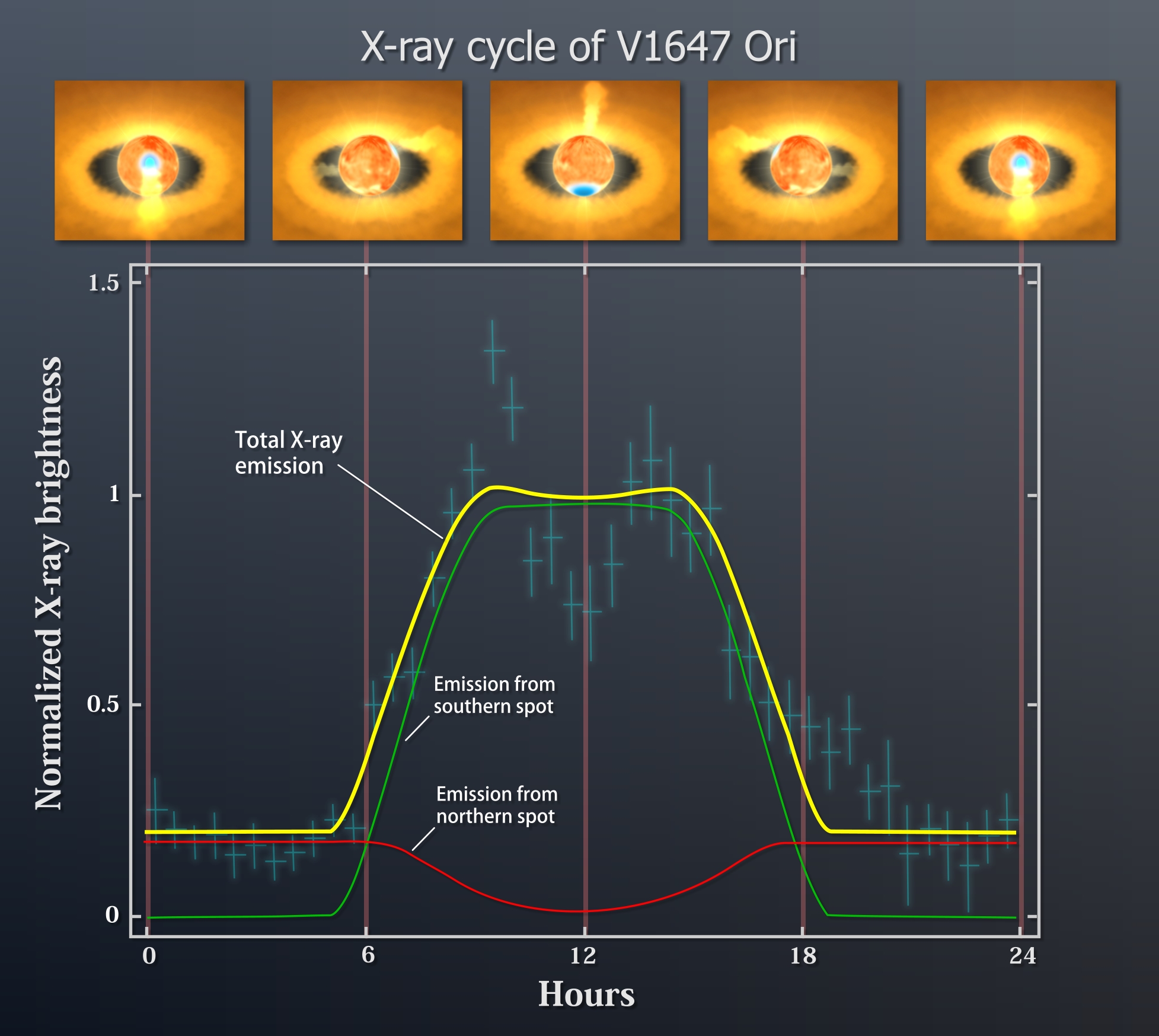
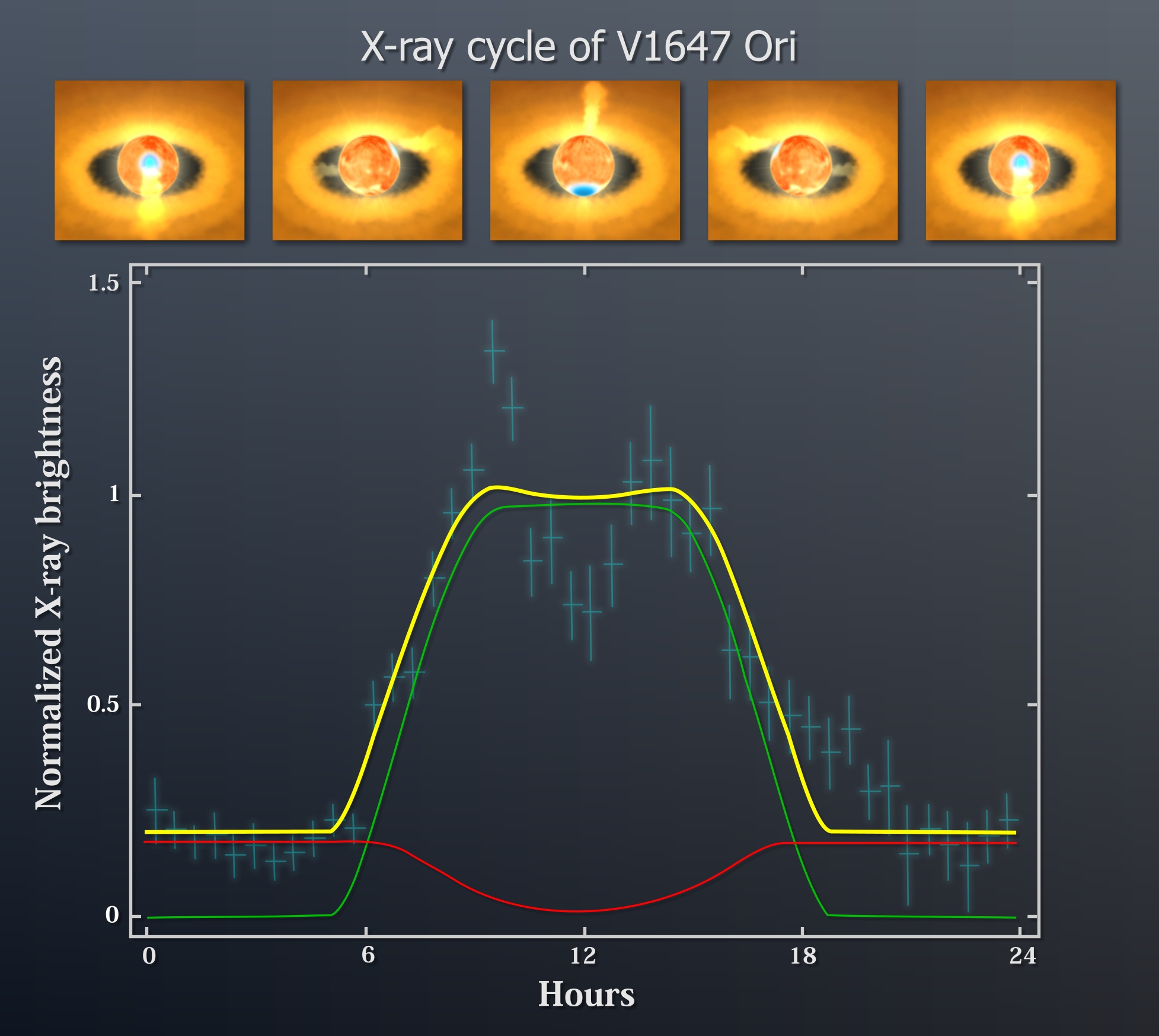
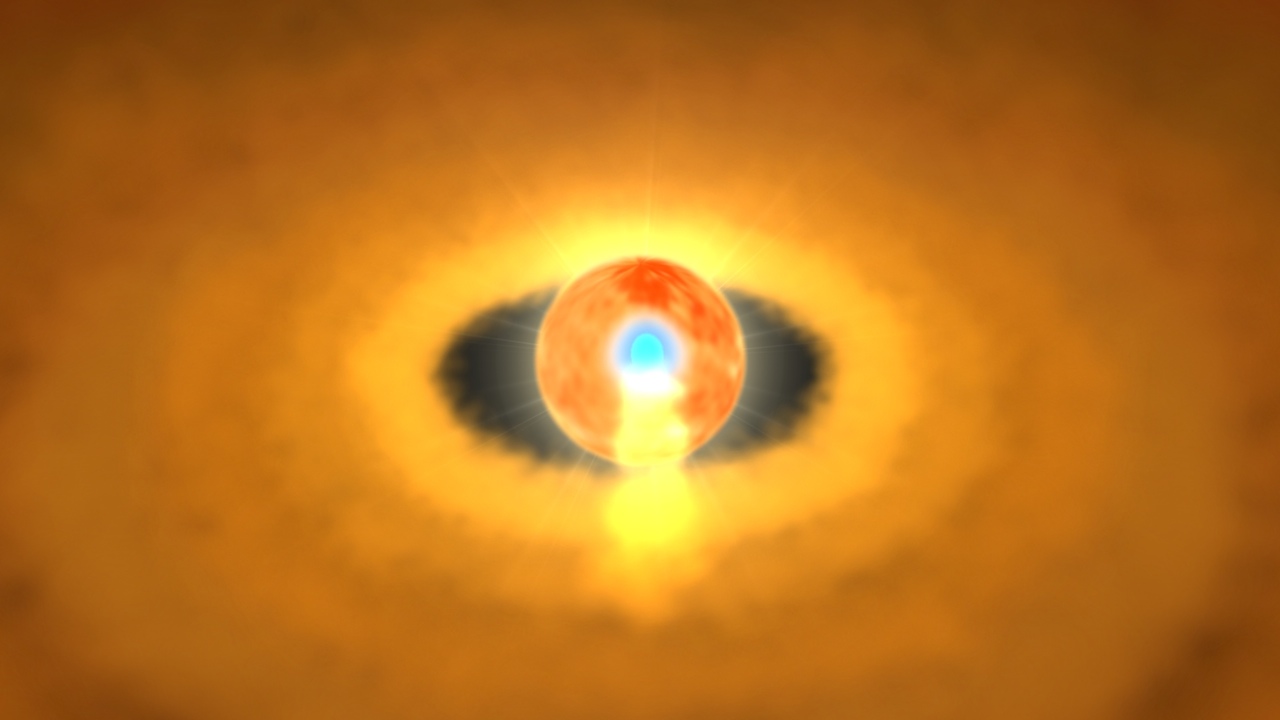
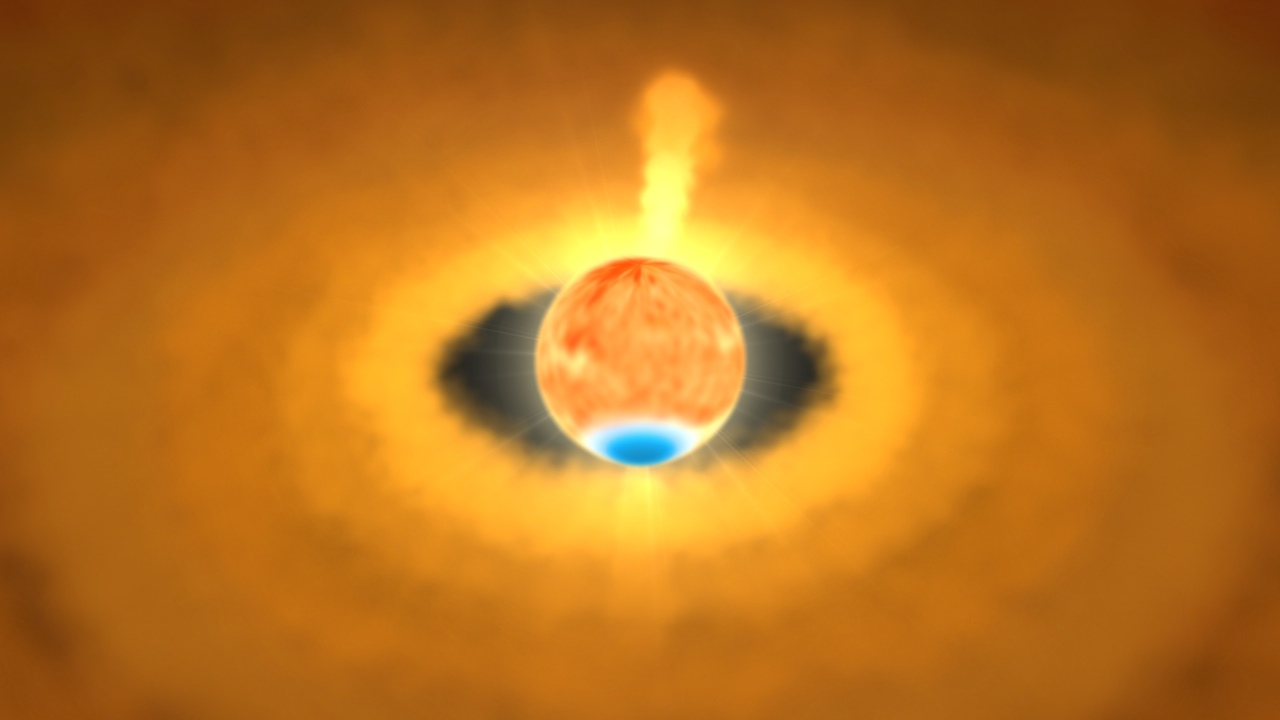
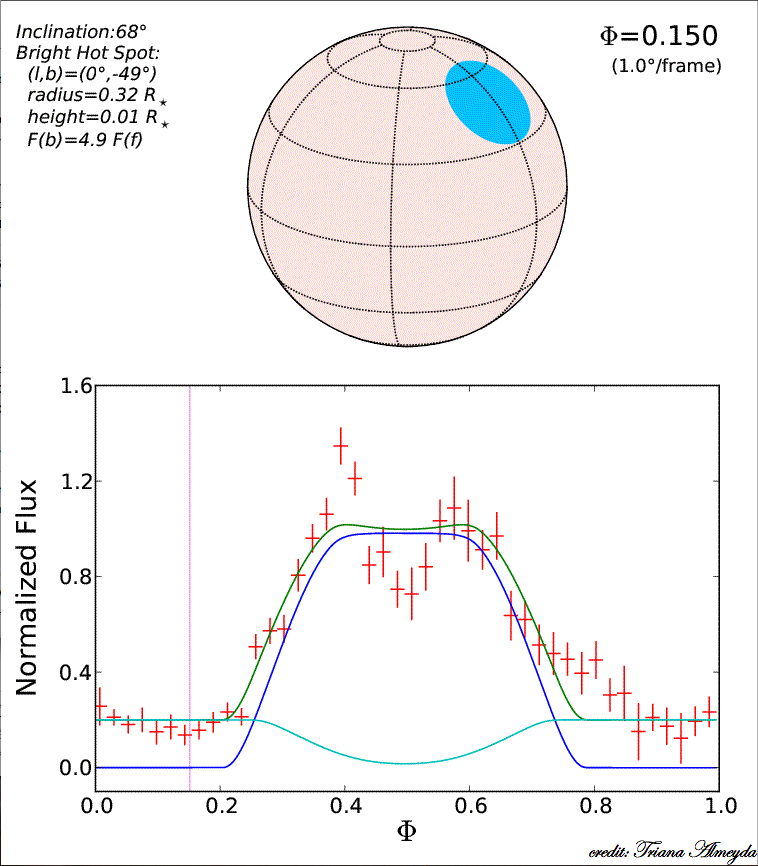
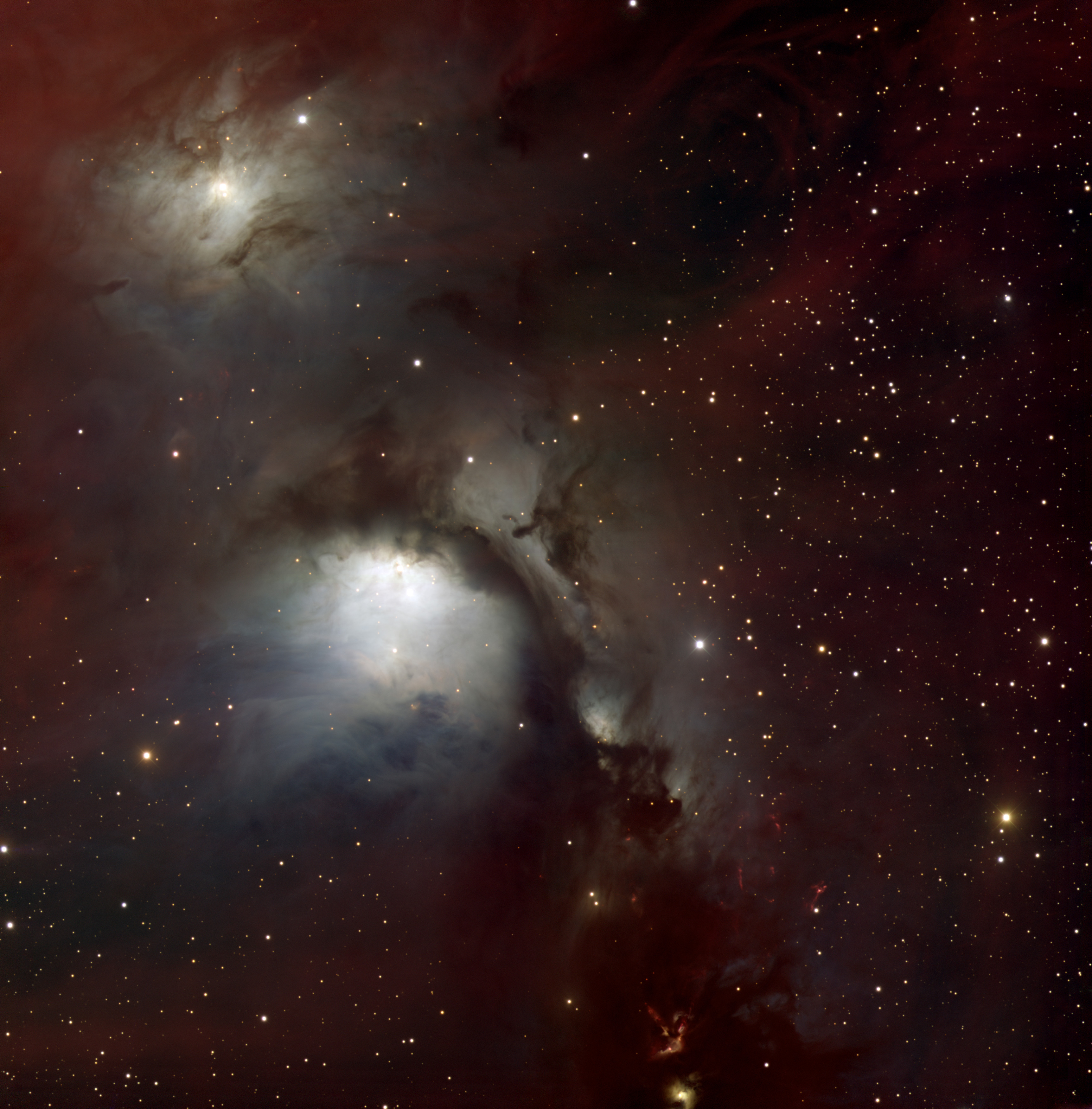
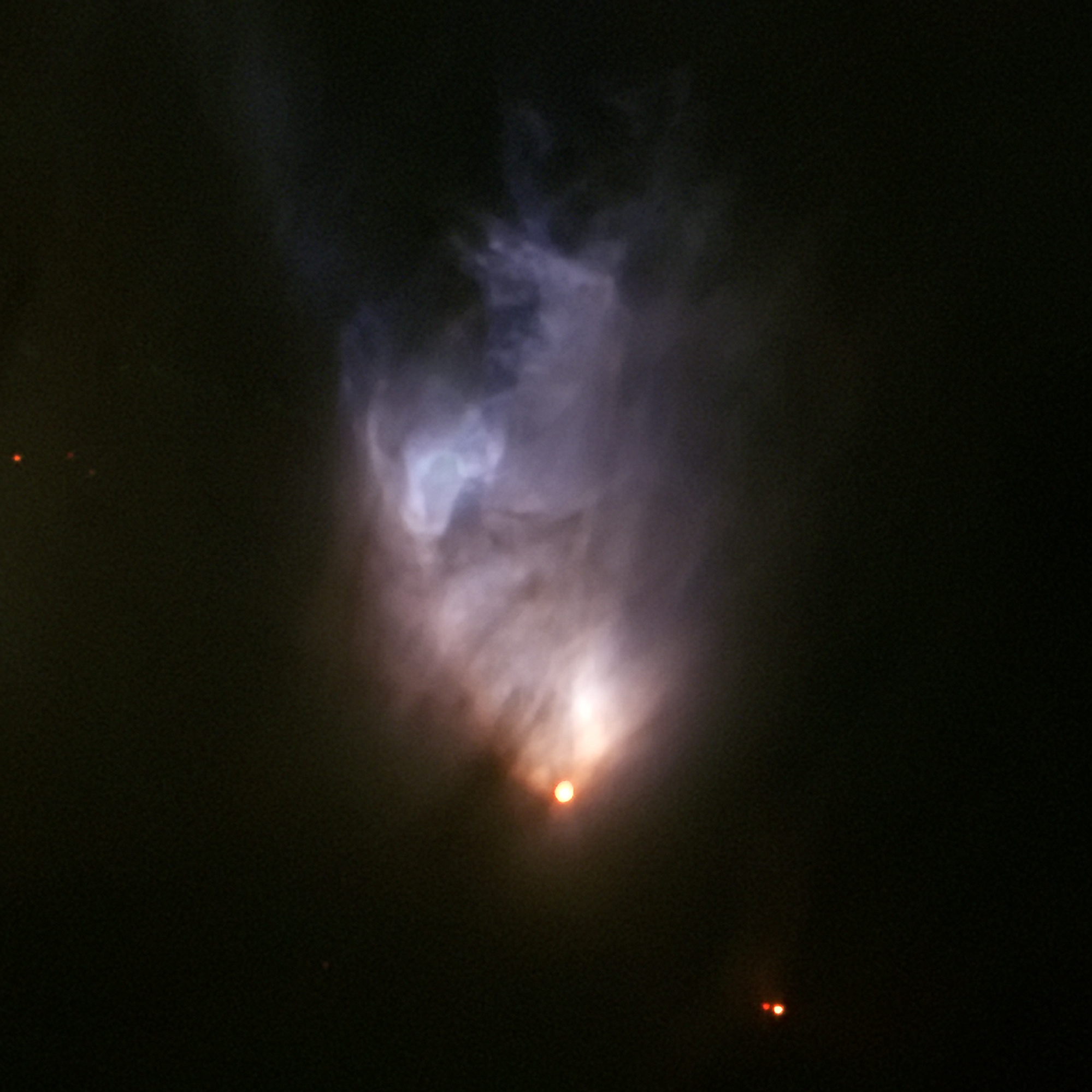
For More Information
Credits
Joycelyn Thomson Jones (NASA/GSFC): Narrator
Scott Wiessinger (USRA): Producer
Kenji Hamaguchi (UMBC): Scientist
Scott Wiessinger (USRA): Writer
Francis Reddy (University of Maryland College Park): Lead Science Writer
Francis Reddy (University of Maryland College Park): Graphics
NASA/Goddard Space Flight Center. However, individual images should be credited as indicated above.
https://svs.gsfc.nasa.gov/10991
Mission:
Suzaku
This item is part of these series:
Narrated Movies
Astrophysics Animations
Astrophysics Stills
Astrophysics Features
Goddard TV Tape:
G2012-049 -- Hot Spot Star
Keywords:
SVS >> HDTV
SVS >> Music
SVS >> X-ray
SVS >> Astrophysics
SVS >> Edited Feature
SVS >> Space
DLESE >> Narrated
SVS >> Suzaku
SVS >> XMM-Newton observatory
SVS >> Star
SVS >> Nebula
NASA Science >> Universe











